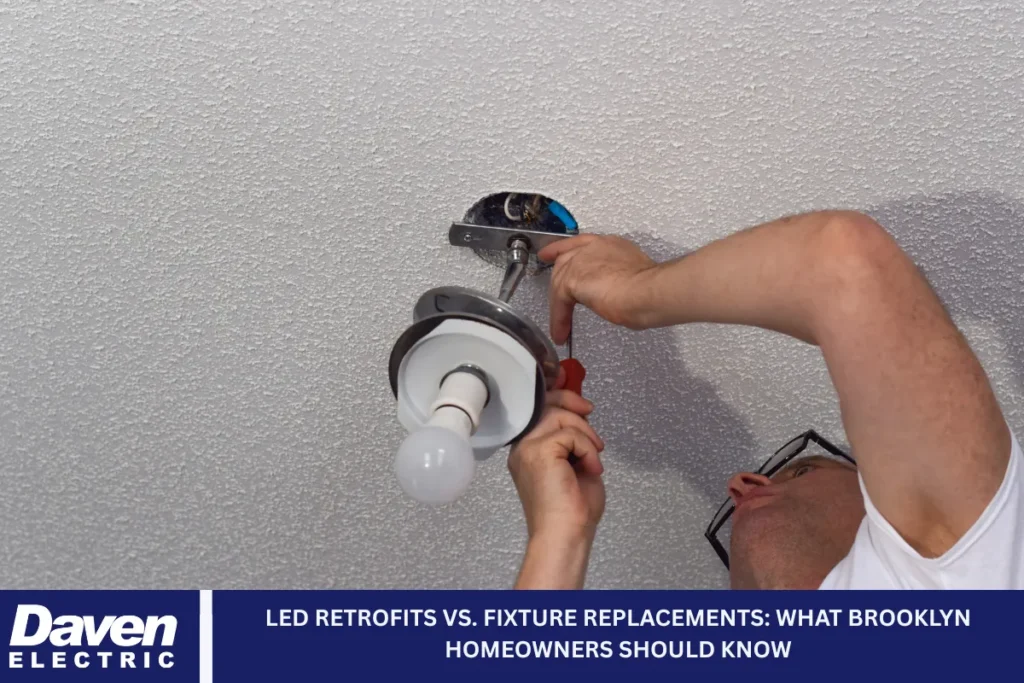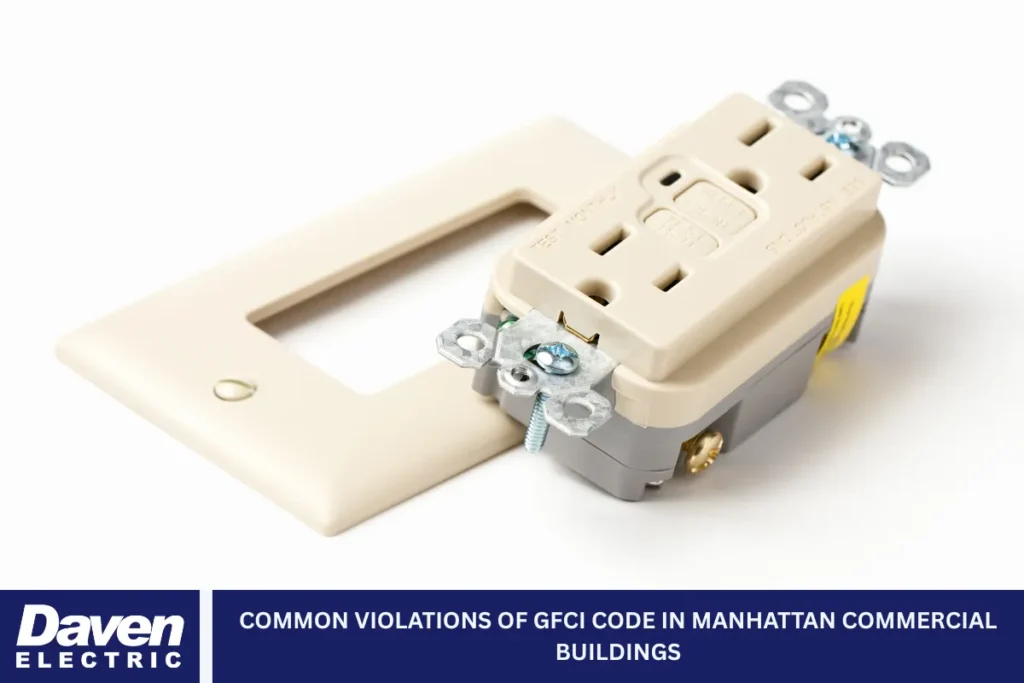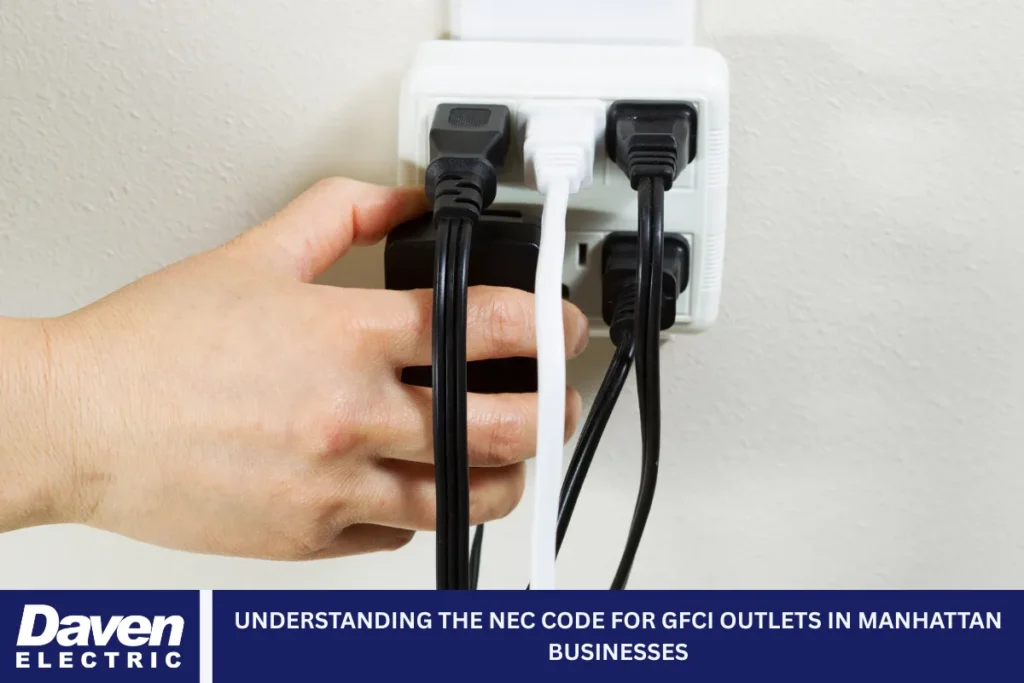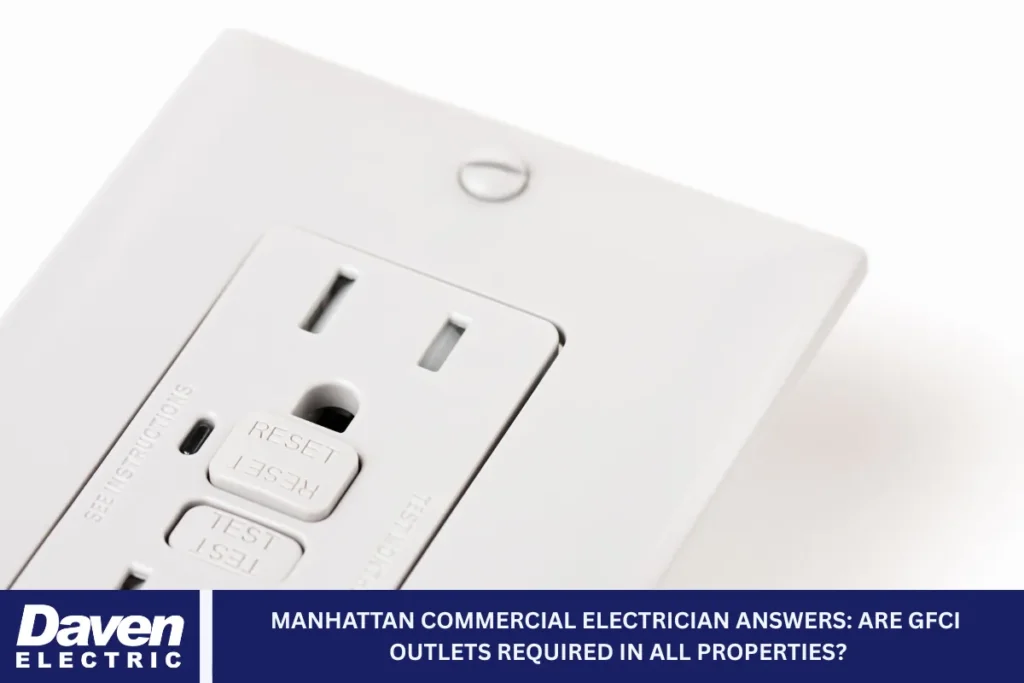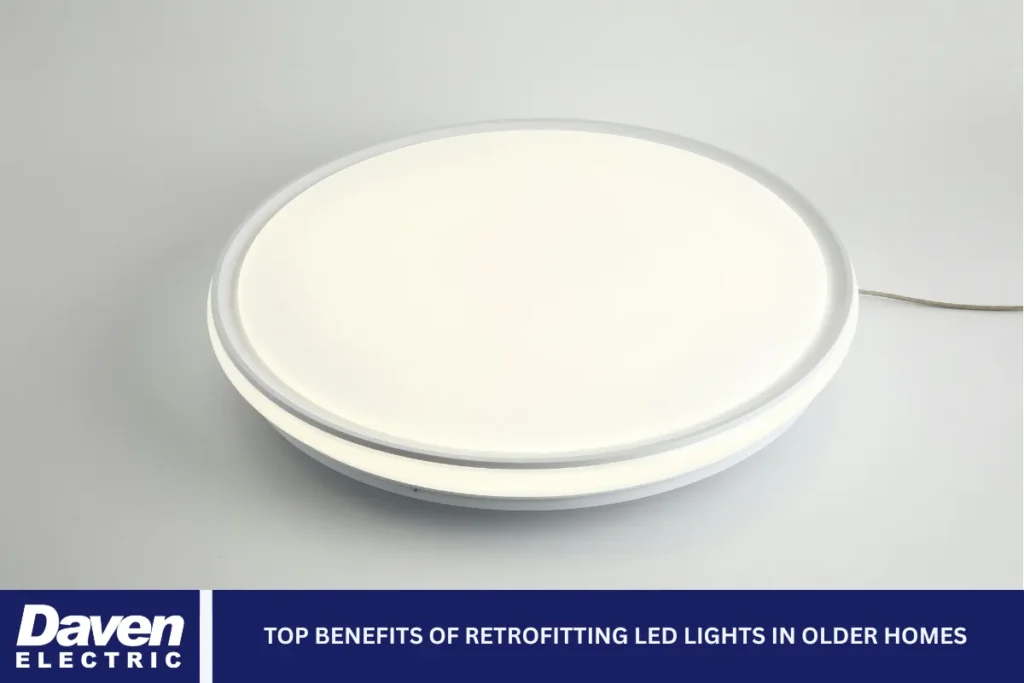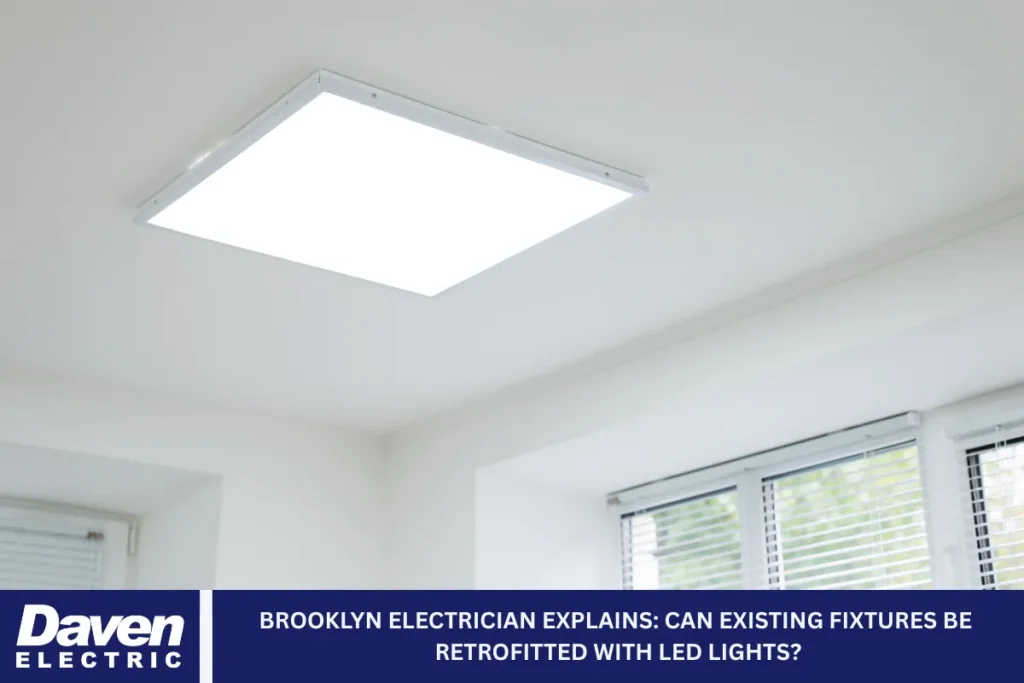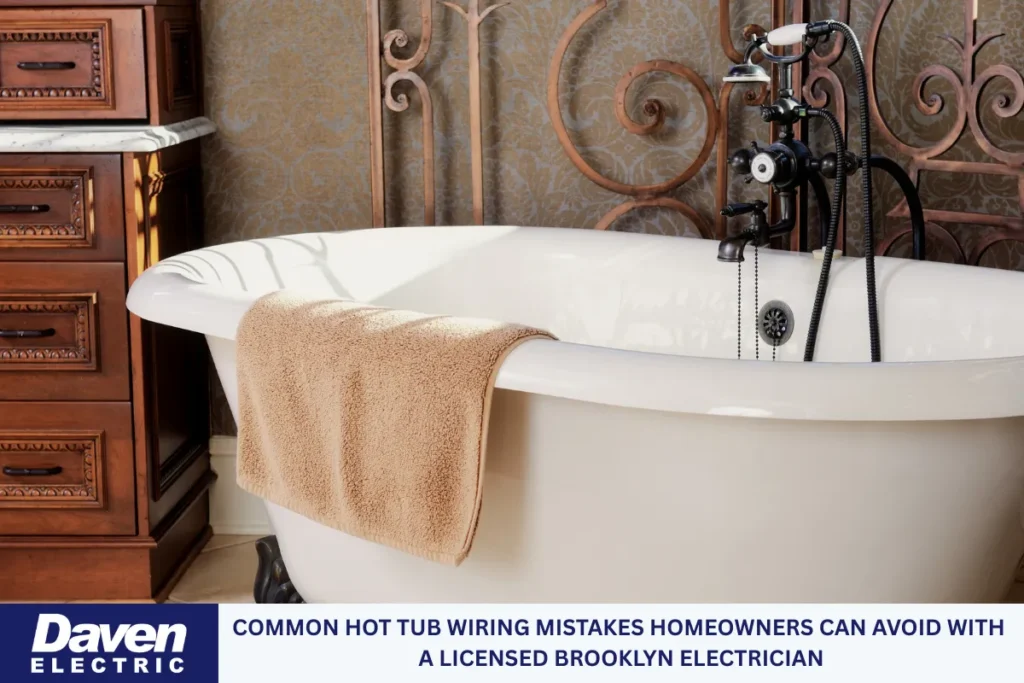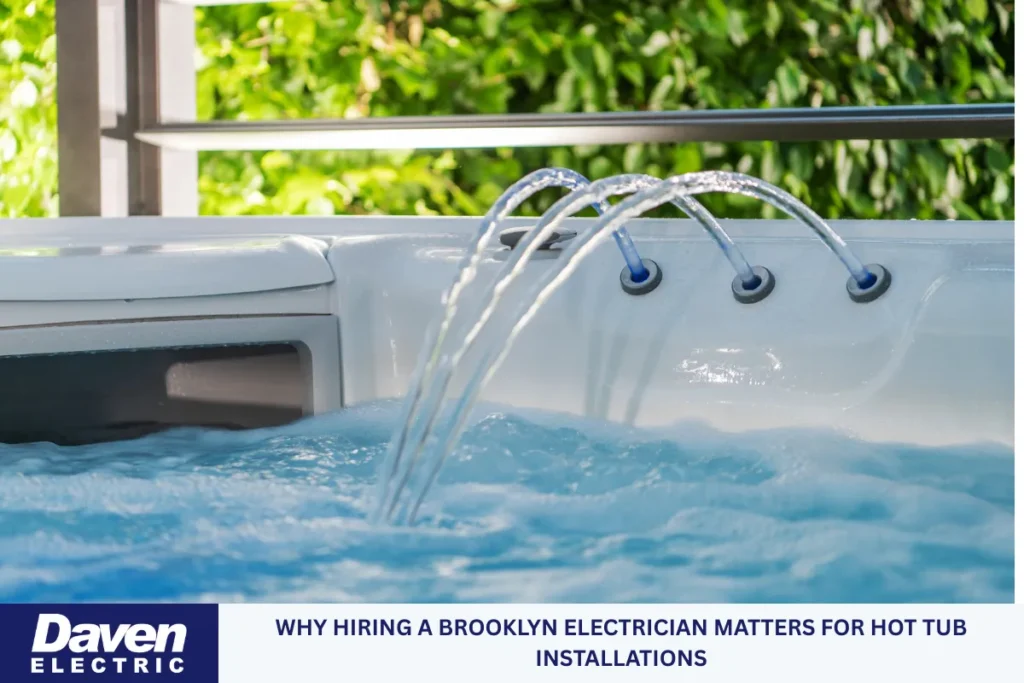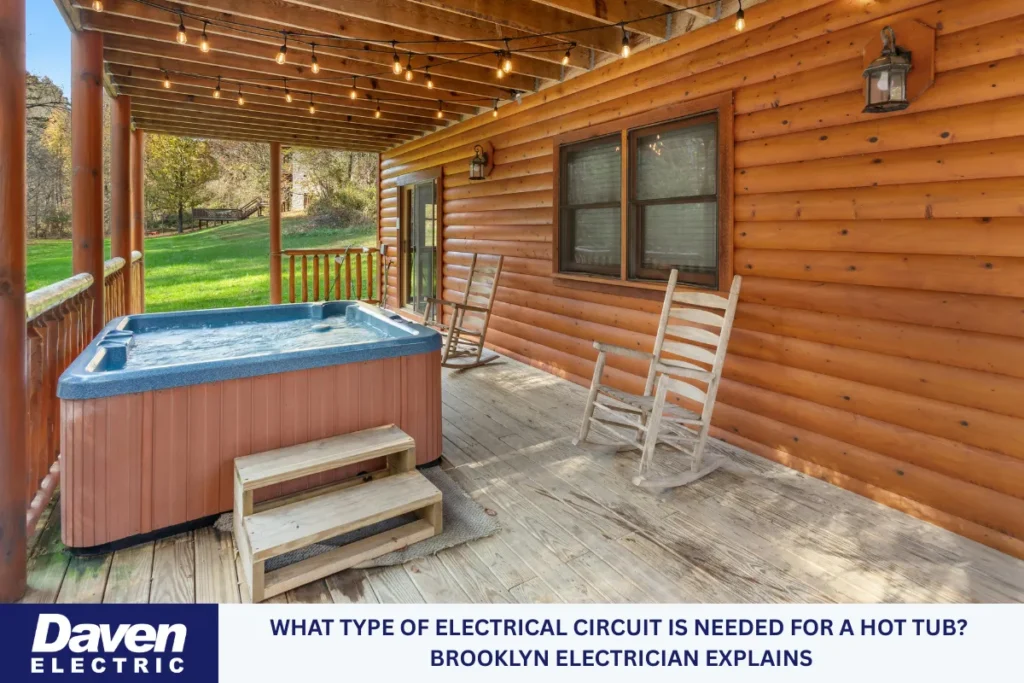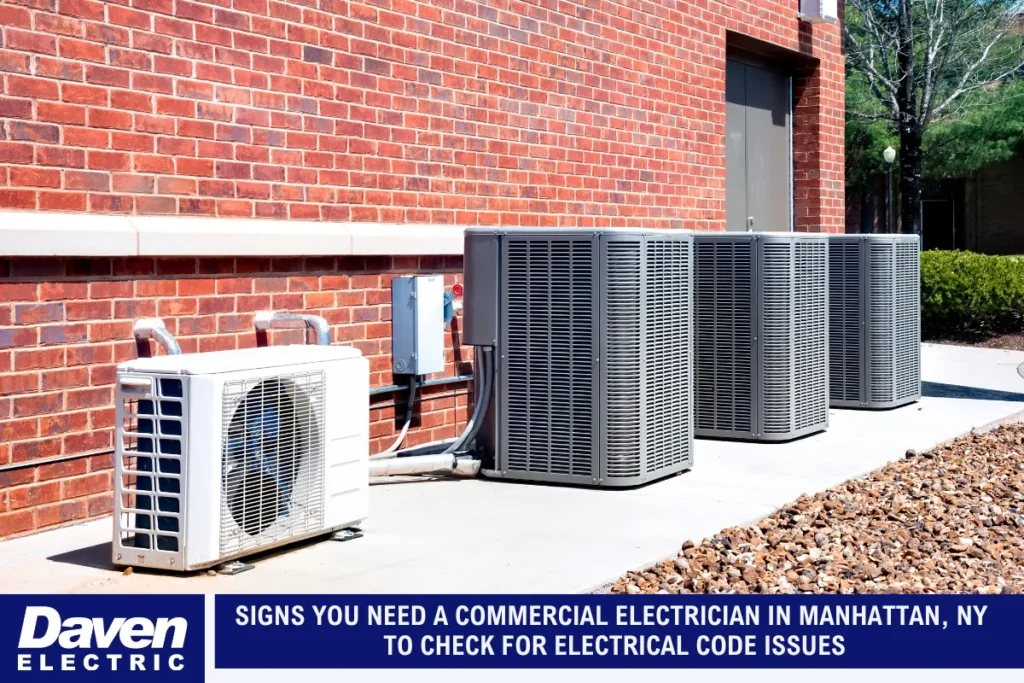Choosing Between Two Popular Lighting Upgrade Options
Deciding whether to update old lighting systems with LED retrofits or go for full fixture replacements often leads many to seek advice from a Brooklyn electrician. With more Brooklyn homes transitioning toward energy-efficient lighting, it’s important to understand what each upgrade involves, how it impacts your electrical system, and which choice better suits your property.
Lighting upgrades are more than just cosmetic changes—they directly affect your energy use, electricity bills, home value, and even safety. This article examines the detailed differences between LED retrofits and fixture replacements, breaking down every aspect so you can make an informed decision for your home. We’ll also discuss how Brooklyn’s unique building landscape and local electrical codes influence the selection of the right lighting solution.
What is an LED Retrofit?
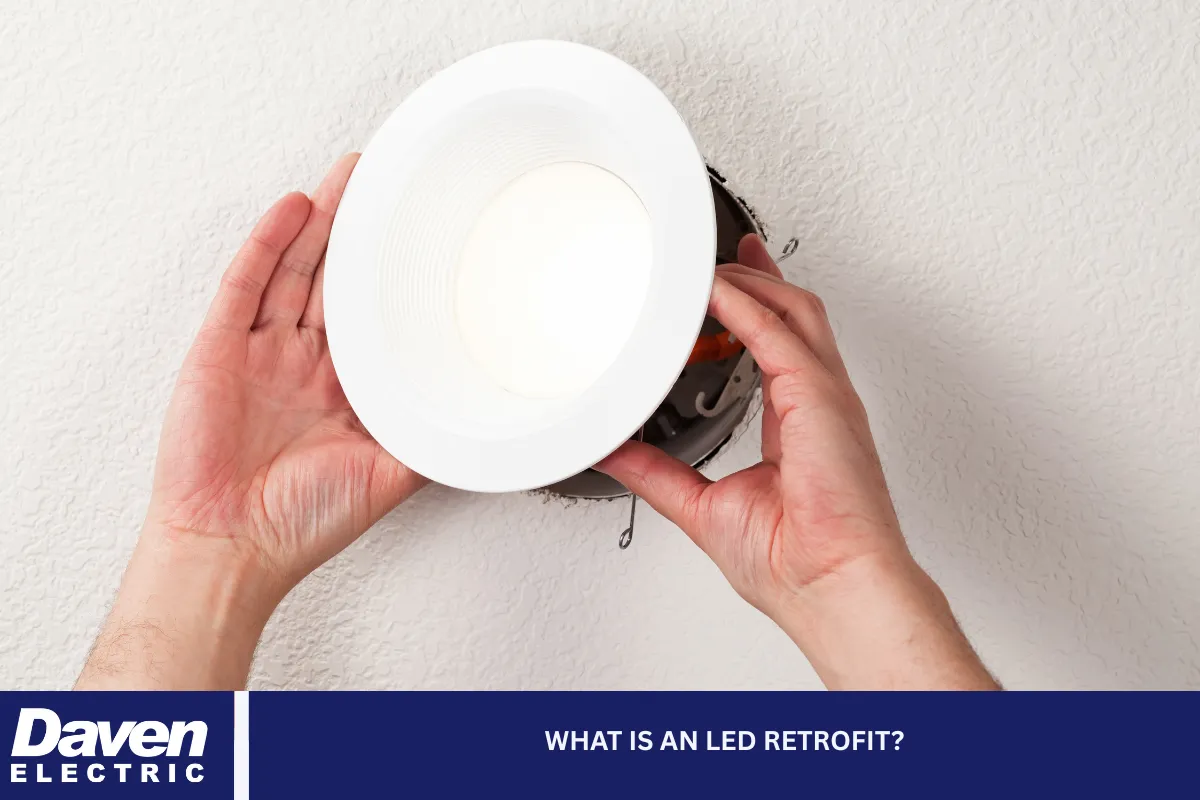
Definition and Core Purpose
An LED retrofit refers to the process of modifying or adapting your existing light fixtures to accommodate energy-efficient LED technology. Instead of removing the entire lighting fixture, retrofitting involves swapping out old components—typically incandescent or fluorescent bulbs—for LED-compatible parts. The structure of the fixture remains intact.
This approach is especially useful for maintaining the aesthetic of existing interior elements while upgrading the technology inside. The retrofit can include a simple bulb swap or a more technical adjustment involving the fixture’s internal wiring, mounting bracket, or driver compatibility.
What’s Involved in a Retrofit?
- Replacing old light sources with LED-compatible versions
- Updating drivers or ballasts if required
- Making adjustments to internal wiring
- Ensuring voltage compatibility with LED components
Although retrofitting may seem like a minor change, it has a significant impact on enhancing energy efficiency. LEDs operate on lower wattage and generate less heat, allowing retrofitted fixtures to last longer and use less power.
What is a Fixture Replacement?
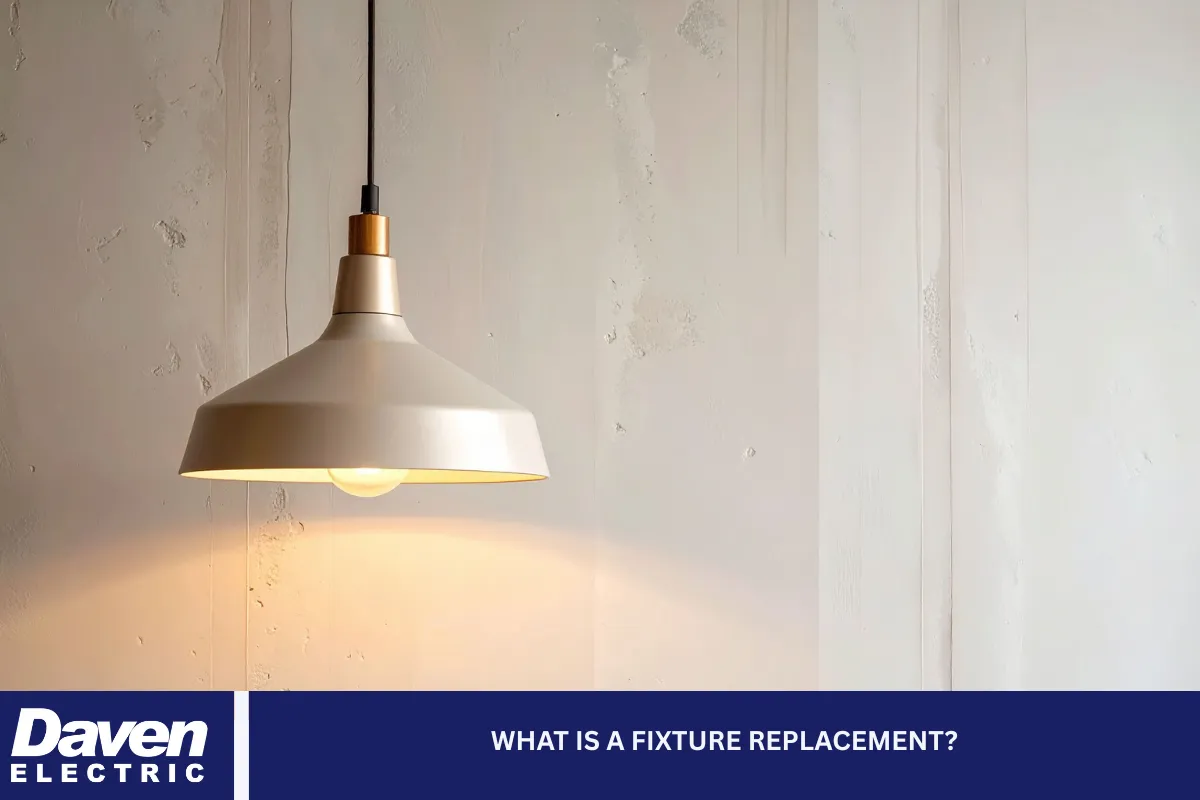
Definition and Core Purpose
A fixture replacement involves removing the entire light fixture—including all housing, wiring connections, brackets, and decorative features—and installing a new one that is purpose-built for LED lighting. This method is more comprehensive than retrofitting and is often chosen when the existing fixture is outdated, damaged, or no longer meets current aesthetic or code requirements.
With a fixture replacement, you’re not just inserting new technology into an old shell—you’re starting fresh with modern equipment that fully supports LED functionality and safety standards.
What Happens During a Fixture Replacement?
- Complete removal of the existing fixture, including housing and mounting
- Installation of a new LED-compatible fixture
- Upgrading wiring or electrical boxes if necessary
- Final alignment with local electrical code
Because fixture replacements are more invasive, they typically take longer and cost more than retrofits. However, they offer greater flexibility in design, brightness control, and integration with smart home systems.
Comparing Installation and Labor Needs
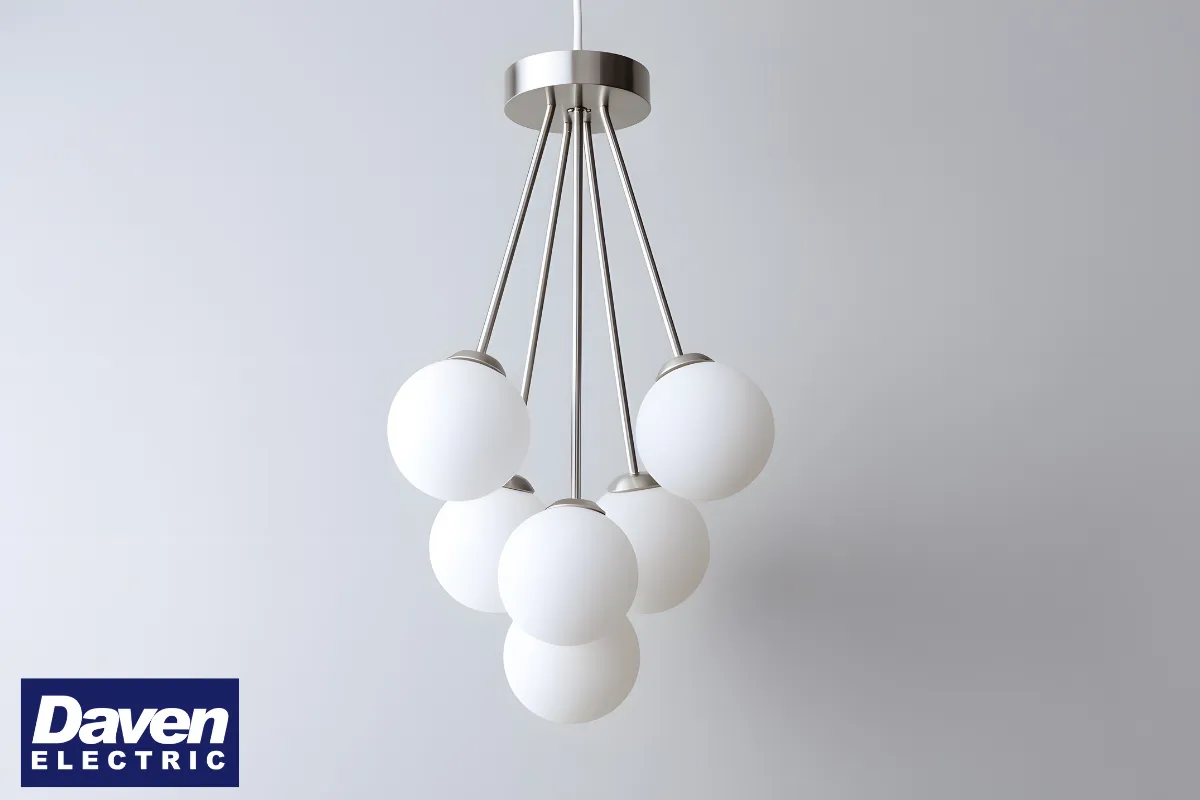
Retrofit Installations
Retrofits are generally less labor-intensive. They’re often completed quickly, especially when the existing fixture is in good condition and already supports LED-compatible wiring. For homes with standard ceiling lights or recessed lighting, a retrofit can take less than an hour per fixture.
In most Brooklyn apartments or multi-family properties, this quick process is appreciated because it causes minimal disruption. However, older buildings with older wiring may require extra preparation.
Fixture Replacement Installations
Replacing a fixture demands more labor and time. It may involve cutting into ceilings or walls, updating junction boxes, or adjusting structural mounts. Electricians must verify that the new fixture is securely installed and complies with all applicable electrical safety codes and regulations.
In many cases, replacements can reveal hidden issues such as outdated wiring, overloaded circuits, or improper grounding. These issues must be resolved during the installation process, which adds to the timeline and cost but improves overall safety and compliance.
Energy Efficiency and Environmental Impact
LED Retrofit Efficiency
LED retrofits significantly lower energy usage compared to incandescent or fluorescent lighting. Even though the original fixture remains, using LED-compatible components immediately reduces energy consumption.
Most retrofitted lights can reduce electricity usage by up to 70%, depending on the type of bulb being replaced. The environmental impact is also reduced since LED bulbs contain no mercury, last much longer, and decrease landfill waste.
Fixture Replacement Efficiency
New LED fixtures are typically designed to optimize light output while minimizing energy consumption. Built-in LED fixtures are specifically engineered for LED technology, often achieving better heat dissipation and more uniform light distribution.
Fixture replacements can sometimes include dimmable options or sensors that adjust lighting based on movement or daylight, offering further energy savings and convenience.
Durability and Longevity
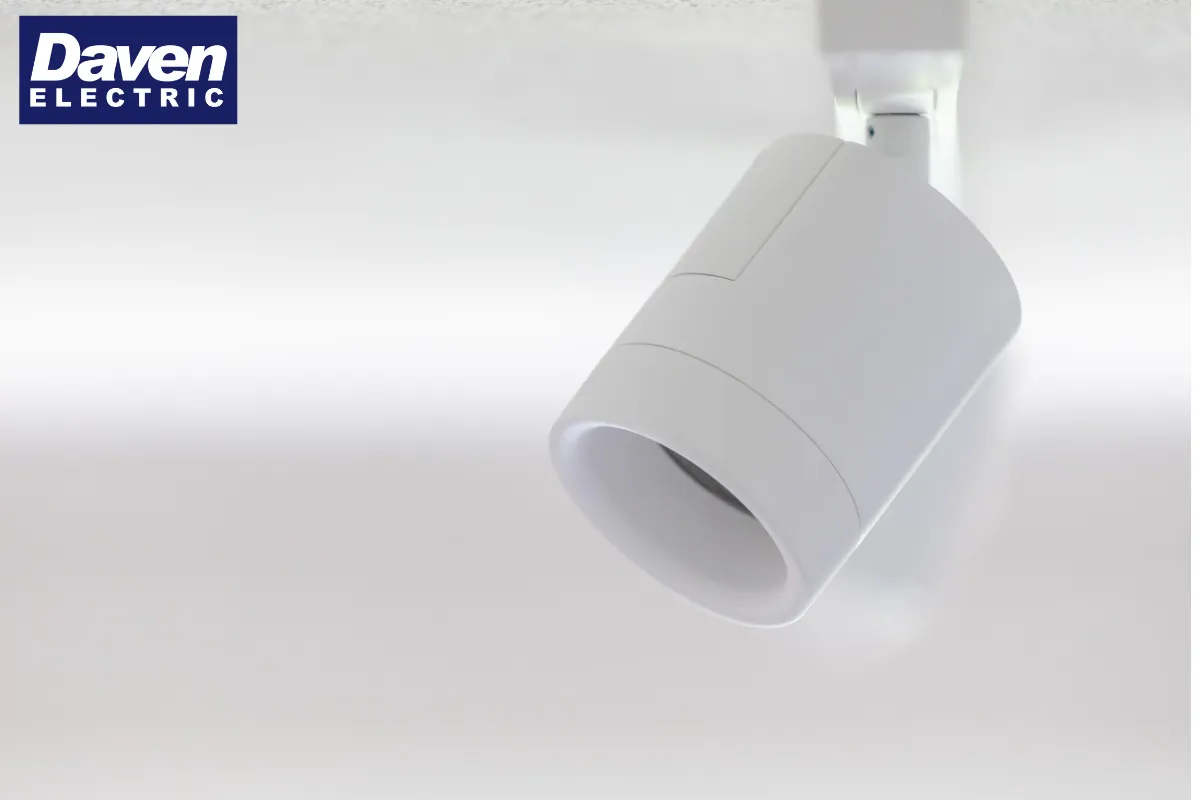
Retrofit Longevity
LED retrofits can last anywhere from 25,000 to 50,000 hours, depending on the quality of the components and the quality of the installation. However, the lifespan can be affected by the condition of the existing fixture, heat buildup, or poor electrical connections.
Because older fixtures may not be designed for LEDs, this can lead to the faster degradation of components over time.
Fixture Replacement Longevity
Complete LED fixtures are designed to manage heat, distribute electricity evenly, and support longer LED lifespans. These fixtures typically last 10–15 years without requiring major maintenance or replacement. Their design also reduces strain on other parts of your electrical system.
Cost Differences and Budget Planning
Initial Cost Comparison
- Retrofit: Typically costs less because you’re only replacing part of the system. The average installation cost per fixture ranges from $100 to $250.
- Replacement: Generally costs more due to the full removal of the fixture and the installation of new hardware. Installation and fixture costs can total anywhere from $200 to $500 or more per unit.
Long-Term Investment
While retrofits save money upfront, fixture replacements may deliver better performance and fewer maintenance costs over time. Replacing fixtures also provides an opportunity to modernize the space and reduce long-term risks associated with aging components.
Compatibility with Brooklyn’s Building Types
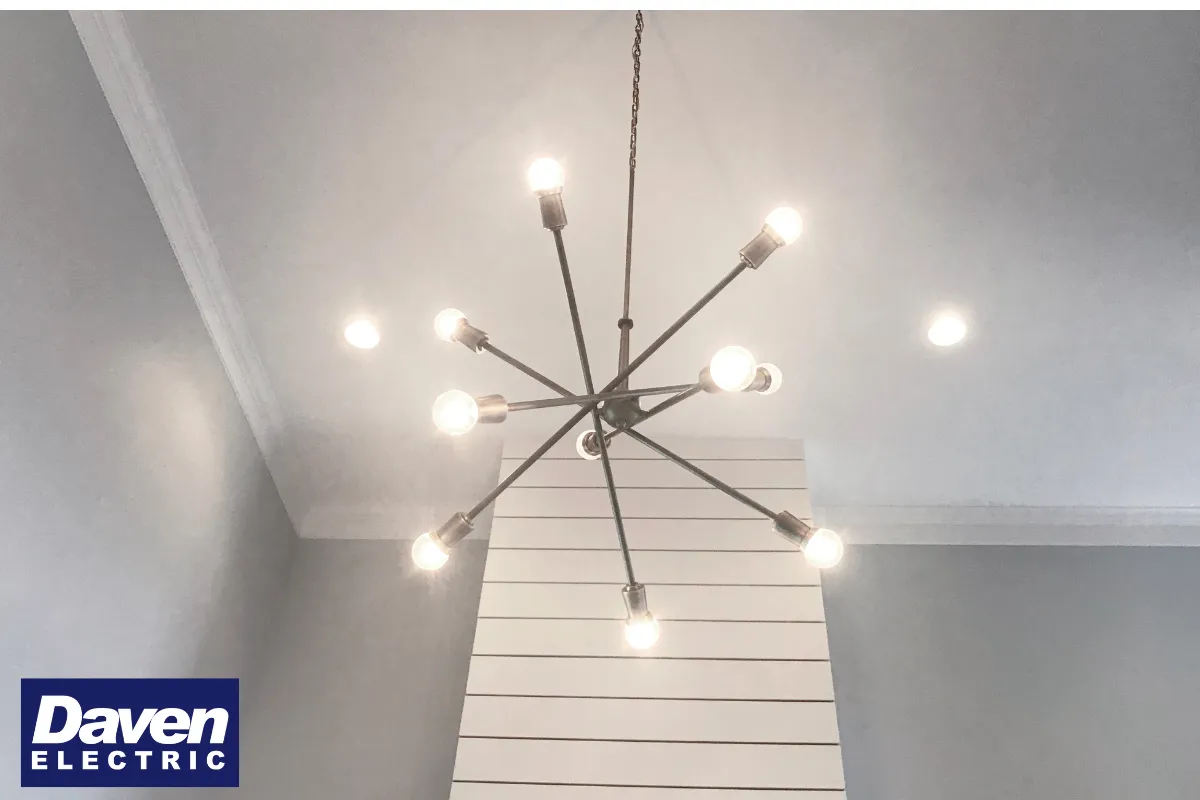
Retrofits in Older Homes
Brooklyn has many historic buildings that were constructed long before modern electrical systems became standard. In these cases, retrofitting offers a practical solution for lighting upgrades that does not disrupt the original architecture or require major rewiring.
Homeowners must still ensure the existing wiring can safely handle LED lighting. Professional inspection is key before deciding to retrofit.
Fixture Replacements in Renovated Spaces
For newly renovated homes or additions, complete fixture replacements are usually more appropriate. These spaces already have updated wiring or open ceilings, making installation smoother and safer.
Fixture replacements also offer more flexibility for modern aesthetics, often desired in newer developments or remodeled interiors.
Electrical Code Compliance and Safety in Brooklyn
New York City’s electrical codes are strict, and Brooklyn homeowners must ensure all upgrades are up to code. Whether you choose a retrofit or a replacement, hiring a licensed electrician is necessary to guarantee compliance with safety and permit standards.
Key Safety and Code Factors
- Use of UL-certified components
- Proper grounding and wiring
- Correct voltage rating for all fixtures
- Appropriate installation in moisture-prone areas
Failing to adhere to these standards could result in failed inspections, fire hazards, or voided home insurance. A qualified Brooklyn electrician ensures every part of the job meets legal and safety benchmarks.
How to Choose the Right Option
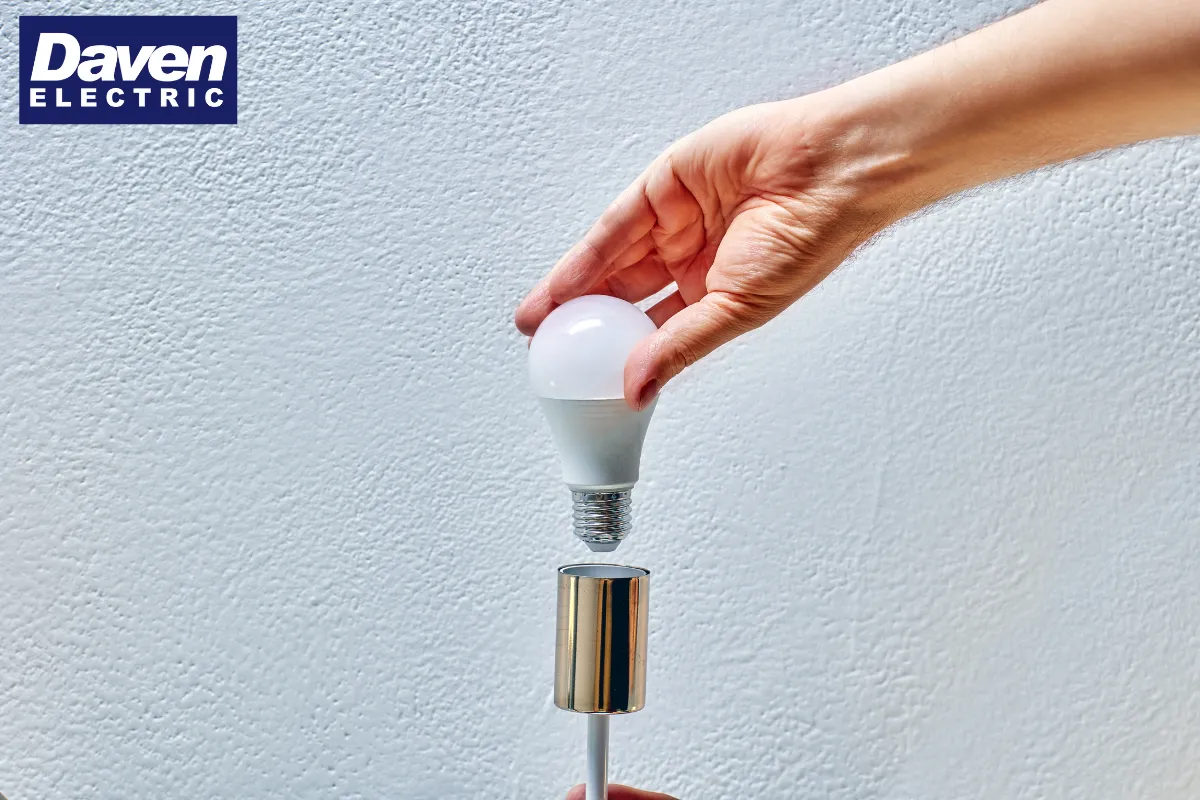
Retrofit if You Want To:
- Save on upfront costs
- Keep your current fixture design
- Make a quick energy-efficient update
- Avoid major construction
Replace the Fixture if You Want To:
- Upgrade outdated or broken units
- Improve lighting performance and spread
- Increase property value with modern fixtures
- Comply fully with the code in older buildings
Your decision should consider not only appearance and cost but also long-term reliability and safety.
Making the Right Lighting Choice in Brooklyn
Upgrading lighting in Brooklyn homes is more than a visual decision—it’s a functional one. Both LED retrofits and full fixture replacements offer benefits. Still, each serves a different purpose depending on your goals, budget, and the condition of your electrical system.
The right choice improves your home’s energy efficiency, complies with local codes, and aligns with your style preferences. By understanding the fundamental differences and considering your property’s age and layout, you’ll be equipped to make a well-informed decision that adds comfort and value for years to come.
Brooklyn Electrician – Daven Electric Corp.
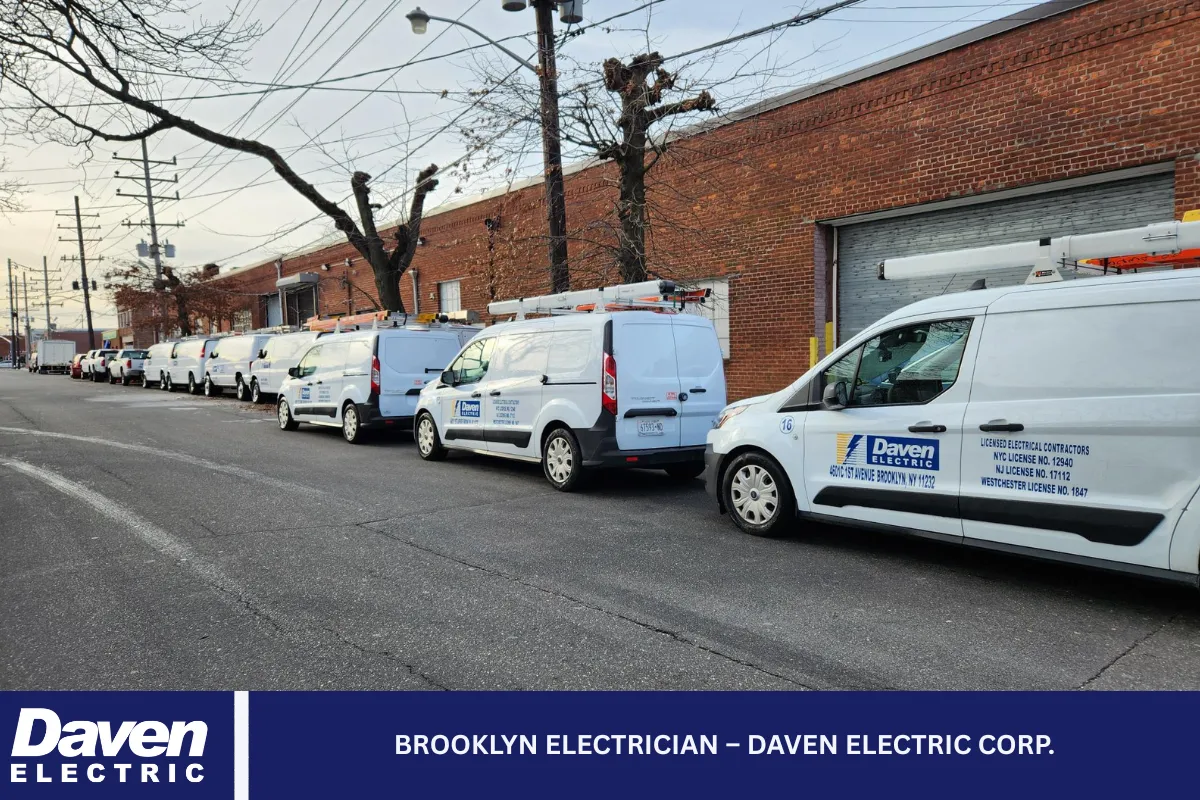
Daven Electric Corp. provides professional electrical services across New York City, proudly serving Brooklyn, Westchester, and Putnam counties. From LED retrofits to full fixture replacements, our team delivers reliable solutions for homeowners, businesses, property managers, and general contractors. We understand the demands of modern electrical systems and ensure that every installation is completed with care and precision.
As a licensed master electrical contractor, we handle everything from new wiring and system upgrades to ongoing maintenance and repair work. All projects are completed with strict attention to code compliance, safety standards, and your total satisfaction. To schedule service or get expert advice, call us today at (212) 390-1106!
Frequently Asked Questions About LED Lighting and Retrofits in Brooklyn
1. What’s the difference between LED retrofits and complete lighting fixture replacements?
An LED retrofit is the process of upgrading your existing lighting fixtures to use LED lamps without changing the entire fixture. This is typically accomplished with a retrofit kit designed to fit into older lamp holders, resulting in an efficient and cost-effective upgrade. Retrofitting is especially common in recessed can lights, fluorescent tube setups, and older metal halide fixtures.
On the other hand, a fixture replacement means removing the entire unit—housing, wiring, and all—and installing a brand-new LED fixture. This option often delivers better lighting performance, especially when replacing outdated high-pressure sodium fixtures or inefficient halogen lights.
Both options help reduce energy costs, but choosing between them depends on your current setup, the condition of your existing fixtures, and compliance with Brooklyn building codes. Replacing fixtures is ideal for full upgrades, while retrofits are great for quick energy-efficient improvements without major changes.
2. Can LED retrofit kits be installed in any existing fixture?
Not all fixtures are suitable for LED retrofitting; therefore, it’s essential to understand their compatibility before commencing the project. LED retrofit kits are typically designed for common fixtures, including linear fixtures, recessed can lights, fluorescent lights, and even outdated metal halide and halogen light systems. However, key components, such as the lamp holders, power supply, and fixture condition, must be inspected first.
Suppose the original fixture was designed for fluorescent tubes or uses a ballast. In that case, you might need to bypass or remove the ballast entirely. Some retrofits require an external driver or a new LED driver to function properly. Others may be “plug-and-play” depending on the existing wiring.
Heat management is another factor. If the fixture lacks proper heat sinks or ventilation, power dissipation can prematurely degrade the LED. Always check the manufacturer’s specifications and consult a licensed electrician to ensure the retrofit meets local building codes and operates safely and efficiently.
3. How do LED lighting solutions compare to traditional lighting in terms of energy savings?
LED lighting solutions offer a significant reduction in energy consumption compared to traditional options, including fluorescent lights, halogen bulbs, and metal halide fixtures. On average, LED bulbs use up to 75% less electricity and last up to 25 times longer than incandescent or halogen lamps. This results in noticeable reductions in energy costs, particularly in homes or buildings with extensive lighting systems.
Older technologies often waste energy as heat. For example, metal halide and high-pressure sodium fixtures dissipate a significant amount of power as heat, thereby reducing their overall efficiency. In contrast, LEDs utilize a heat sink to manage thermal output, ensuring improved performance and a longer lifespan.
Whether you’re using LED tubes, an LED light panel, or upgrading to full LED fixtures, the long-term return on investment is substantial. Additionally, LED upgrades enhance lighting performance, reduce maintenance requirements, and align with New York City’s initiative to promote energy-efficient building upgrades.
4. What role does color temperature play in LED lighting upgrades?
Color temperature refers to how “warm” or “cool” the light appears and is measured in Kelvins (K). It’s a critical factor when selecting LED lights for any space, especially in residential areas across Brooklyn, where both ambiance and functionality matter.
- 2700K–3000K: Warm white, similar to halogen lights. Ideal for bedrooms and living areas.
- 3500K–4100K: Neutral white, often used in kitchens and workspaces.
- 5000K–6500K: Daylight or cool white, preferred for garages, basements, or commercial settings.
LEDs enable precise color temperature selection, unlike older fluorescent tube systems, which often shift in color over time. Whether you’re retrofitting recessed can lights or installing new LED fixtures, choosing the right color temperature improves visibility, mood, and overall lighting performance.
Some LED retrofit kits also allow you to adjust color temperature via a switch or app. This flexibility makes LEDs more versatile than traditional options, offering better lighting for every room and purpose.
5. Do LED lights require special power supplies or drivers to work properly?
Yes, most LED lights need a compatible LED driver to operate correctly. Unlike traditional bulbs, LEDs are low-voltage devices that convert AC to DC through a power supply. This component is either built into the bulb or installed as an external driver, depending on the type of fixture or LED retrofit system you’re using.
Older lighting systems—especially those with fluorescent tubes, metal halide, or halogen lights—often rely on ballasts or high-voltage wiring. When retrofitting these fixtures, it’s important to remove or bypass incompatible components. Using the wrong power source can result in flickering, overheating, or complete failure of the LED lamps.
In retrofit lighting, the driver ensures consistent voltage, protects against power surges, and regulates brightness and color temperature. When selecting a retrofit or new fixture, ensure that the LED driver is compatible with the LED type, wattage, and intended application. Safe operation and compliance with Brooklyn building codes depend on it.
Read more: .Top Benefits of Retrofitting LED Lights in Older Homes

